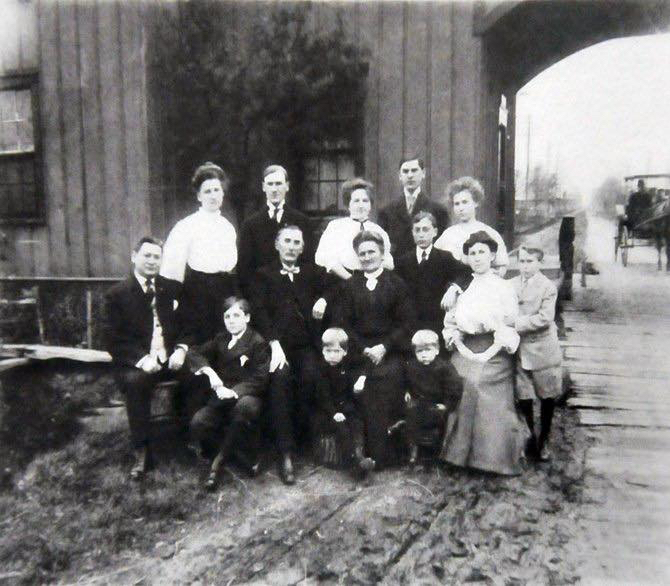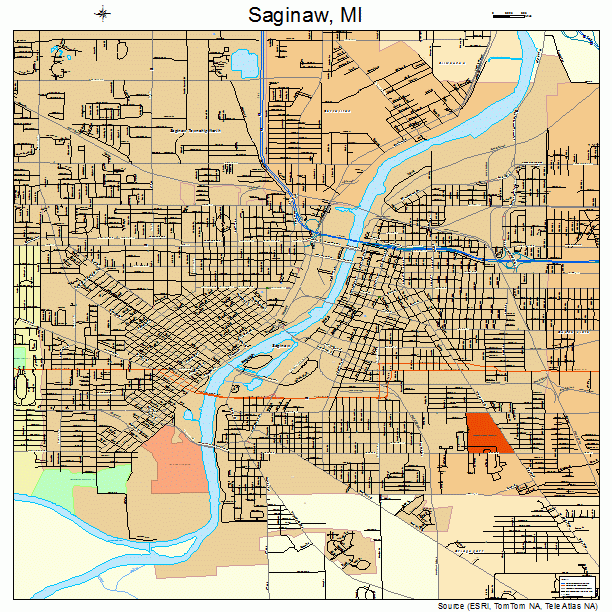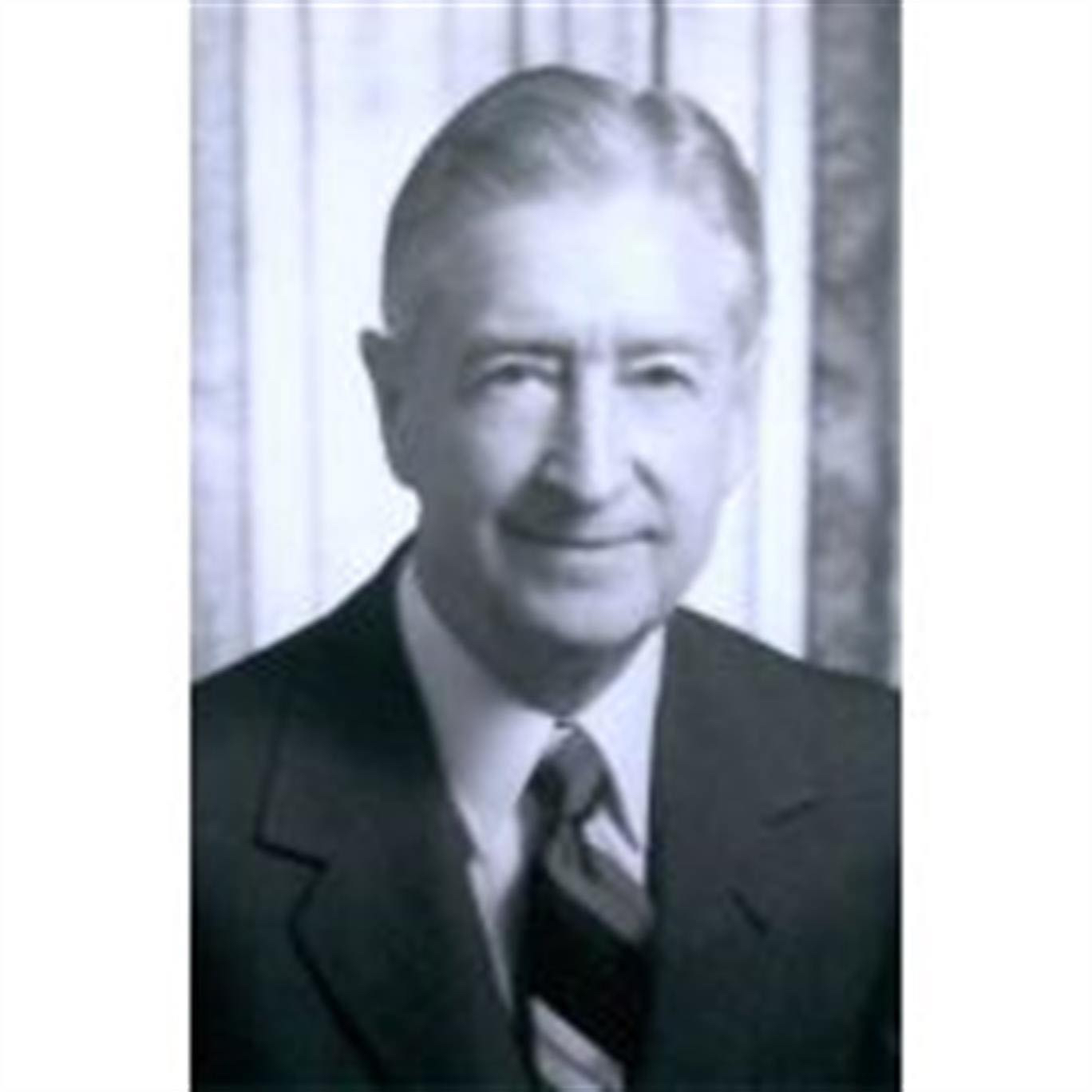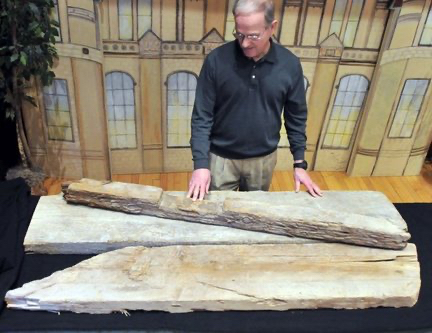
"Before we built networks, we built neighborhoods. Before we launched systems, we maintained the ones our towns depended on. That’s the legacy we carry forward."
— Dustin Lee Bayn
The Toll Keepers of Progress
Long before fiber optics and cloud computing, the Rieder family helped lay the literal foundations of Michigan’s transportation infrastructure. This first volume of Legacy Lineage centers on Saginaw, Michigan, where the Rieder family’s involvement with the Saginaw–Flint Plank Road Company helped connect commerce, communities, and cultural expansion across the state.
Constructed in the early 1850s, this wooden toll road was far more than a means of travel — it was a lifeline. One of 202 plank roads across Michigan, the Saginaw–Flint corridor was chartered in 1849 and became a pivotal artery in the state’s economic expansion. At the heart of it stood families like the Rieders, quietly managing toll houses and ensuring the region's infrastructure held strong — even through swamps, harsh winters, and the changing tides of industrial progress.
 “Rieder Family Tollhouse, 1907” (Goodridge Brothers Studio) ‘Rieder Family Tollhouse, Saginaw and Genesee Plank Road Company,’ from a 1907 Goodridge Brothers Studio photograph. The plank road can be seen in the right corner of the photograph.
“Rieder Family Tollhouse, 1907” (Goodridge Brothers Studio) ‘Rieder Family Tollhouse, Saginaw and Genesee Plank Road Company,’ from a 1907 Goodridge Brothers Studio photograph. The plank road can be seen in the right corner of the photograph.
From Timber to Toll: The Rise of Michigan’s First Engineered Highways
By the 1840s, Michigan’s terrain was nearly impassable in the spring and fall. Primitive dirt paths became deep trenches of mud, making trade and travel arduous. The state turned to private enterprise to fix the problem, authorizing companies to build plank roads — made from pine boards laid over swampy ground — and to recoup construction costs through toll collection.
The Saginaw–Flint Plank Road, completed in 1851, was one of the most ambitious projects of its kind. At its peak, the road spanned over 30 miles, linking East Saginaw to Flint. One of its toll booths was located on East Genesee Avenue — near the present-day site of Rally’s Hamburgers — and historical records confirm that the Rieder family served as official tollkeepers.
In 2010, during a roadwork project on East Genesee, construction crews unearthed thick three-inch white pine planks, perfectly preserved five feet beneath the modern asphalt. Recognizing their historical value, city officials transferred them to the Castle Museum of Saginaw County History, where they remain on display as tangible remnants of a pre-industrial economy — and as proof of the Rieder family's legacy.
“You could call this the source of Saginaw.” — Thomas B. Mudd, Historian
Castle Museum Exhibit "At the Castle Museum of Saginaw County History, historian Thomas B. Mudd presents several three-inch thick white pine planks discovered beneath East Genesee Avenue by road crews in 2010. Originally laid in 1851 under the direction of Saginaw founder Norman Little, these planks were part of the historic Saginaw–Flint Plank Road—later maintained by the Rieder family as tollkeepers.
Rieder Family Contributions: Confirmed Through Record and Artifact
For generations, oral tradition within the Bayn–Rieder lineage maintained that their ancestors were directly involved in building and maintaining the Saginaw–Flint Plank Road. That legacy was substantiated with multiple historic findings:
- A 1907 Goodridge Brothers photo confirms the presence of the Rieder Family Tollhouse at the intersection of Saginaw and Genesee.
- Castle Museum historians verified that the unearthed planks on East Genesee Avenue aligned with the original roadbed managed by the Rieders.
- Community leaders documented the Rieder family’s continued public service throughout the township’s growth and transformation.
The Rieders were not passive laborers — they were custodians of commerce, ensuring that horses, wagons, stagecoaches, and livestock could pass safely between rural and industrial zones. Their duties included:
- Supplying construction timber and labor in the 1850s expansion
- Operating the toll gate, collecting fees, and maintaining order
- Overseeing road upkeep in harsh Michigan weather
- Hosting waystations and providing lodging and provisions for travelers
A City Shaped by Angled Roads and Timber Intentions
Plank roads didn’t just move people — they shaped cities. According to Tom Trombley, Vice President and Chief Historian at the Castle Museum, East Saginaw’s skewed street layout resulted directly from the angles of these plank roads.
“Genesee was a plank road in the mid-19th century. It connected Flint to East Saginaw… Instead of following a simple grid, city developers built around the roads to maximize salable lots. That’s why the streets go every which way.”
The Genesee toll road was originally funded by Jesse Hoyt, the New York developer after whom Hoyt Library and Hoyt Park were named. His estate maintained toll rights on Genesee into the 1890s, nearly 40 years after the road’s completion. The Rieders operated one of these toll booths, where the wooden planks would have begun near the old fairgrounds at Webber Street.
 Map of Saginaw showing angled roads like Genesee and Gratiot, shaped by the original plank road system.
Map of Saginaw showing angled roads like Genesee and Gratiot, shaped by the original plank road system.
Legacy Beyond the Road: R.C. Rieder and the Industrial Continuum
As Michigan's plank roads faded into history, the Rieder family evolved alongside the nation's infrastructure. The same ethic of service and precision that once kept wagon wheels turning would later shape international supply chains, aerospace manufacturing, and global energy systems—all embodied in the extraordinary life of Rudolph Charles “R.C.” Rieder (1915–2009).
Born December 12, 1915 in Saginaw, Michigan, R.C. was raised in a family whose civic contributions dated back to the toll gates of the Saginaw–Flint Plank Road. After earning his Bachelor of Science in Engineering from the University of Michigan in 1937, he entered a world on the brink of war and innovation. He attended General Electric’s Business Training School and began a distinguished career that included pivotal roles at General Electric, Goodyear Aircraft, and Baker Perkins, Inc. in Saginaw, where he served as Vice President, Works Manager, and Director.
In 1961, he moved to Dallas, Texas, and joined Continental-Emsco Co., a division of Youngstown Sheet & Tube Co., where his influence became global. Over the next two decades, he served as President, CEO, and Chairman, helping lead advancements in petroleum equipment manufacturing at a time when energy and technology were reshaping the planet. His resume included:
- Chairman and CEO of Youngstown Sheet & Tube Co.
- President of Fibrecast Co. and Timberline Equipment Co.
- Executive Vice President of Nippon-Conemsco Ltd. (Japan)
- President of Conemsco’s Venezuelan and British subsidiaries
- Board member for Sabine Royalty Trust and Director of Lykes Corp.
His leadership extended far beyond the boardroom. R.C. was active in global and national trade associations, including the Texas Mid-Continent Oil & Gas Association, American Petroleum Institute, International Iron & Steel Institute, and Petroleum Equipment Suppliers Association, where he once served as President.
Yet for all his industrial prowess, R.C. remained grounded in personal values—mentoring young professionals, traveling the world as a respected diplomat of business, and, in retirement, returning to the quiet beauty of Northern Michigan. He fly-fished the AuSable River, nurtured gardens with engineer-level precision, and ballroom danced with elegance and joy. He was a member of the Brook Hollow Golf Club, the Dallas Petroleum Club, the Dallas Wildcat Committee, and the AuSable North Branch Association.
When R.C. passed away on February 3, 2009, he left behind not just a résumé—but a roadmap. His life was a living continuum of the Rieder legacy: from timber and toll gates to terabytes and telepresence. His niece, Lori, and her children Caitlin and Dustin, remain stewards of that legacy today, helping usher in the next chapter through the mission of Dennco Holding Company.
“His career proved that local duty can become global leadership. From Saginaw’s toll road to international steel, R.C. never stopped building. He just scaled the blueprint.”
— Dustin Lee Bayn

Photo of R. C. Rieder BIRTH DATE: DEC 12, 1915 - DEATH DATE: FEB 3, 2009
From Saginaw Timber to Digital Infrastructure
At Dennco, the blueprint laid by the Rieders lives on. Through rural broadband expansion, resilient cloud deployments, and modular data centers, the company continues to build networks with an ethos rooted in place, purpose, and public service.
“The company’s infrastructure vision isn’t abstract. It’s modeled after bus garages, teacher lounges, museum basements, and maintenance closets — where real people quietly held the world together.”
— Legacy Lineage, Vol. 1
Dennco builds with an eye on the quiet command — the generational impulse to serve, even when history forgets to mention it.
Honoring the Rieders — Honoring Service
This volume of Legacy Lineage honors the Rieder family's unique role in Michigan’s civic evolution. From white pine planks to fiber-optic cables, from toll booths to telepresence, their contributions remind us:
The most enduring legacy is built with durability, dignity, and direction.
